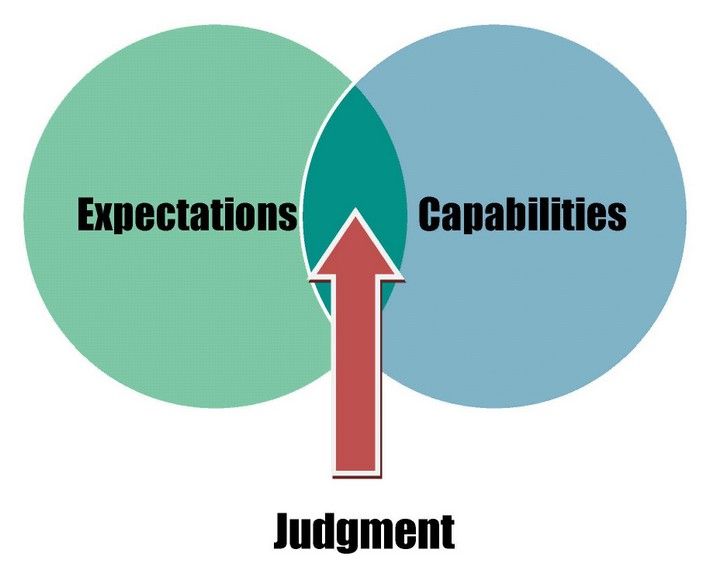Managing your reputation can be tricky when it comes to preserving a high quality user experience. We’ve looked at bad ways to do this and a better way to do it but what happens when a customer’s expectations are so ridiculous that their demands simply cannot be met? How, do you deal with this without tarnishing your reputation?
An Example
I used to work in the mobile phone industry for a high-volume, high-turnover business. We were the best in the UK at shifting phones and providing air time for them. However, the level of growth for the business had been unprecedented and sometimes we screwed up really badly for customers. We always tried to be fair with our clients and go the extra mile when we got things wrong. But occasionally a customer’s expectations simply didn’t tally with our calculation of their value to the business.

A common example was an incredibly low spend customer wanting an incredibly expensive phone for free in exchange for a minor problem on their account. What most customers in the UK aren’t aware of is that the vast majority of mobile phone accounts are loss making for the telecoms provider; their share price depends rather more on the number of subscribers they have than the revenues those subscribers generate.
The average contract was subsidized to the tune of about £700 when I worked in the industry. That paid for the nice phone the person got, the commission to the sales agent, and often for a bunch of extras (including in some cases cashback deals or free Xbox promotions, etc.). Yet, the customer was committed to spending only £144 (£11.99 a month for line rental including a bunch of free talk time over 12 months) in the lifetime of their contract. We were losing £500+ on their contracts.
So when they were displeased that a bill had gone astray; we weren’t likely to give them another £1,000 worth of equipment for free.

So how did we handle these demands? We would begin with a reasoned conversation with the customer. We’d explain the financial realities of the business and explain that while we were sorry for a minor problem (and willing to make amends for it), we had to be reasonable about compensation too. We would normally offer a month’s line rental or something similar. 99% of customers would be happy with this at this point and walk away happy.

Then there’s the 1% who think that the world turns for them. What did we do for these customers? We let them walk away unhappy. If they made public comment, we’d show what we had done to resolve the issue and apologize (again) that they were still unhappy. You can’t please everyone, all the time – no matter how hard you try. So don’t expect to. If you manage your reputation carefully, you can weather bad feedback and even continued bad feedback and your potential customers will respect you for it.
Image Source:
Linkedin (link to image)
Open Clipart (link to image)
Mindjet (link to image)
Create Learning (link to image)











